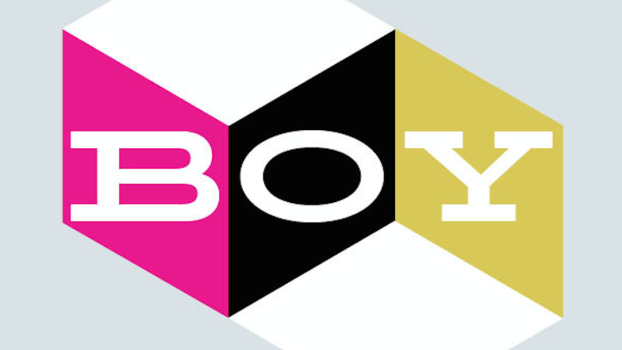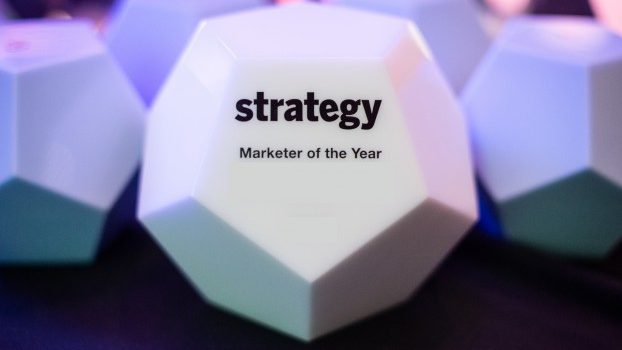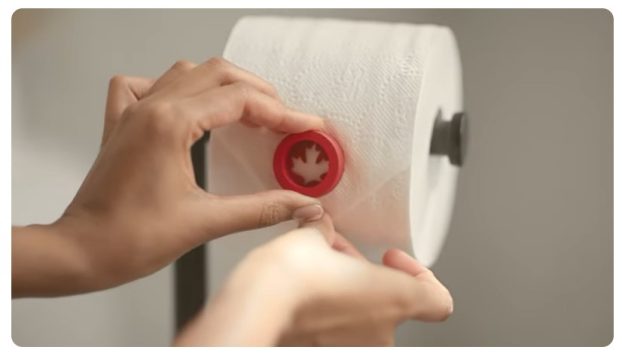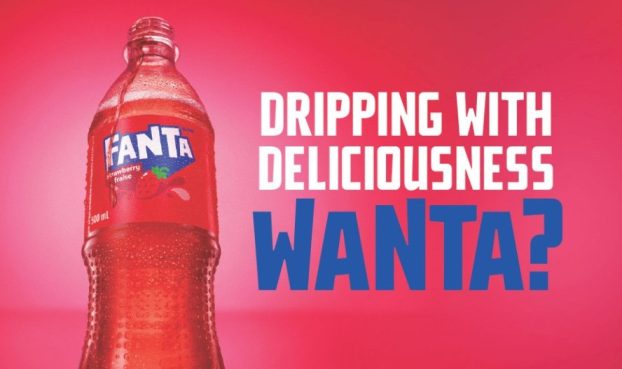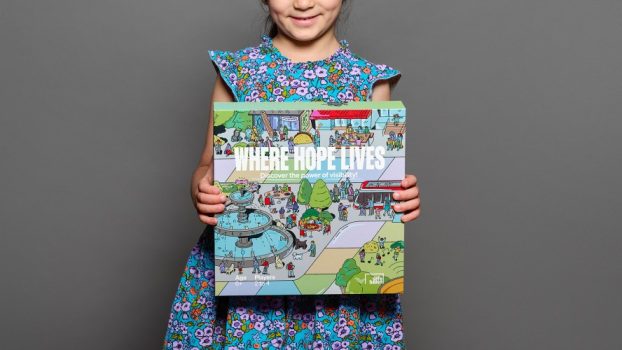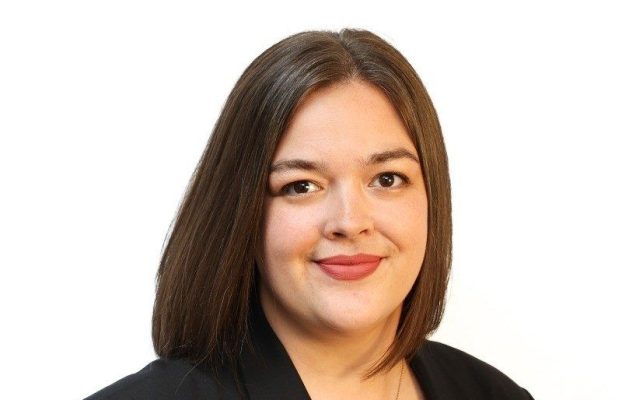Some might say it’s been a tough couple of weeks for YouTube. A rise in awareness about offensive and defamatory user generated content led to a flood of brands publicly pausing their advertising on the platform — which in turn led to a flood of bad PR for the Google-owned video platform.
Since then, Google has publicly announced a number of changes to its policies regarding content and the uploading processes that are designed, in part, to provide brands with greater quality assurance of the videos they are buying against.
The first change is an expansion of the safeguards on its YouTube Partners program, which will no longer allow creators to monetize their content until they have received 10,000 lifetime views (previously, any channel with any number of subscribers or views could make advertising revenue). At the point of receiving 10,000 views, YouTube will then vet and approve the channel for monetization.
Google has also introduced machine learning capabilities to potentially weed out and demonetize offensive content. According to a Google spokesperson, the YouTube tools have been built to understand the context of content, so it could, for example, distinguish between a racial slur used in a rap song and one used in a racist video.
It’s also expanded its partnerships with third-party measurement providers such as Moat, Integral Ad Science and DoubleVerify, giving them expanded auditing powers to assure more accuracy in metrics.
A Google spokesperson told strategy‘s sister publication MediaInCanada.com that these measures have been in development for a number of months, but that the company ramped up the development following the negative publicity storm.
Sam Sebastian, VP of Google and managing director of Google Canada, offered a statement to MiC saying that the platform has seen a willingness from Canadian advertisers to restart their campaigns. “While they know that no system can be perfect, they appreciate the actions we’ve taken and know we are taking this seriously and are committed to getting better and better.”
But are these measures enough for the industry?
Matt Ramella, head of digital partnerships and strategy for IPG Mediabrands Canada, pointed out that the new changes to YouTube’s Partner program are more geared at the creators than advertisers. “The new changes… primarily [help] to protect creators from abusive channels that impersonate and re-upload content from original content creators in order to make money,” he told MiC. “That said, it’s another small piece in the brand safety puzzle as the new safeguard allows YouTube to review a channel.”
Ramella said his company was generally approving of the updates and confident with YouTube’s new measures.
Nick Barbuto, managing director of OMD’s Ignition Factory, said the granularity of YouTube’s AI measures were impressive and exciting, “not only from a brand safety perspective but also a targeting perspective.”
OMD’s parent group Omnicom’s official position is that Google’s proposals do hold the promise of a better environment for advertisers, however “the proof of these measures remains to be seen.” It has said it will continue to assess the situation along with clients.
A version of this story appears on MediaInCanada.com (subscribers only).
Image courtesy of Shutterstock

